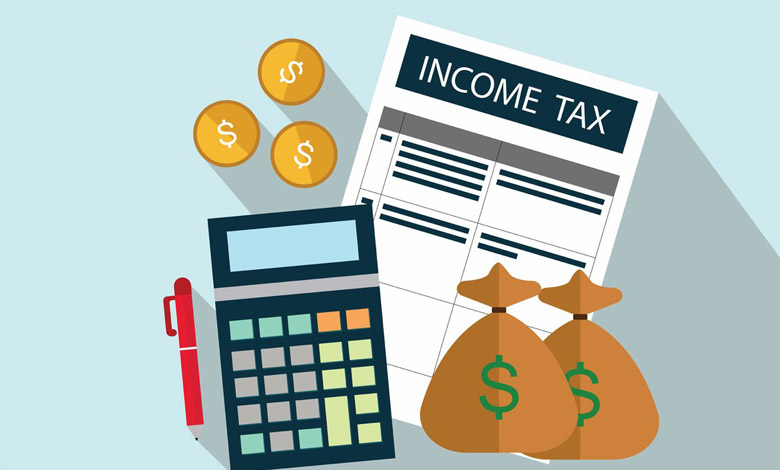The Alternative Minimum Tax is a very important consideration for taxpayers who own real estate because just about every tax rule applying to real estate is different for the AMT than it is for the Regular Tax. This second part of our four-part series on Real Estate and the AMT will address the most common form of real estate ownership – the taxpayer’s personal residence. Typically this is a taxpayer’s largest purchase, and the differences in tax treatment between the Regular Tax and the AMT can be significant.
Interest expense
Interest paid on a loan secured by a taxpayer’s home, referred to in the tax law as "qualified residence interest," is deductible for purposes of the Regular Tax, subject to a few limitations. Interest on home acquisition debt is deductible in full to the extent the mortgage does not exceed $1 million, as is interest on home equity debt to the extent the debt does not exceed $100,000. Home equity debt, typically a second mortgage or a home equity line of credit, can be used for any purpose – a car loan or a child’s education costs are examples.
Under the AMT, a taxpayer is allowed a full deduction for home acquisition debt. For home equity debt, however, it is AMT-deductible only if it is used to improve the residence, i.e., if it used for other purposes, such as the car loan or student loan mentioned above, it is not deductible for the AMT.
Planning idea – look to alternative means of financing instead of home equity debt when financing automobile purchases, college tuition, or other personal purposes. A special-offer automobile loan at 1.9%, for example, certainly would be less expensive financing than a home equity loan for an AMT payer.
Property taxes
Property taxes are allowed in full for Regular Tax purposes, but, along with all other state and local taxes, are not allowed at all as a deduction for the Alternative Minimum Tax.
Planning idea – if you have an opportunity to pay your property tax bill either this year or next, pay it in a year that you are not in the AMT. Depending on levels of income, itemized deductions and other factors, taxpayers may find themselves in the AMT one year but not the next.
Example – in Florida, property tax bills are mailed in October, and are payable under the following discount schedule: November – 4%, December – 3%, January – 2%, February – 1%. If you are in the AMT in 2010 but expect not to be in the AMT again in 2011, do not pay your bill in November or December – forgoing that small discount could save a taxpayer up to 39.6% of the amount of the property taxes on his Federal income tax bill next year.
Depreciation
Depreciation does not apply to a personal residence, except perhaps for a taxpayer claiming a portion of his residence as a "home office" or other business use. This topic will be discussed in some detail under the topics of rental/investment property and business property in the next two articles in this series.
Active/passive investment rules and the "at-risk" rules
Similar to Depreciation, these rules will be discussed in the next articles in this series; they do not apply to property held as a personal residence.
Sale of the property
A sale of a personal residence is not taxable to the extent the gain does not exceed $500,000, for a married couple filing jointly, or $250,000 for a single taxpayer. Any gains over these amounts are taxable, as long-term capital gains. Capital gains in and of themselves are not an AMT item, but they nonetheless can result in AMT being paid. This is because the AMT exemption amount is phased out for taxpayers at certain income levels, so this additional income can have the result of reducing the exemption which, in turn, increases taxable income for purposes of the Alternative Minimum Tax.




